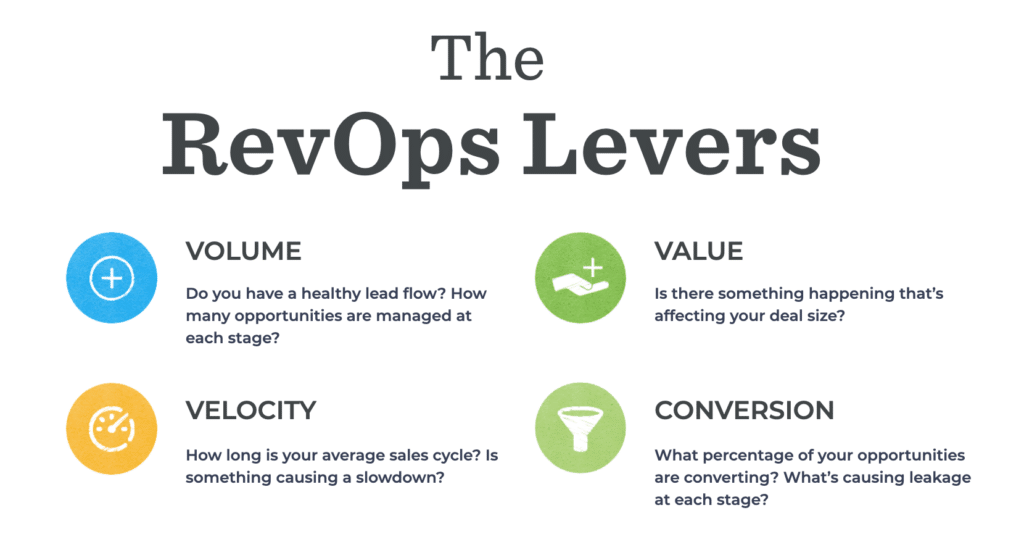How To Use 3VC to Identify Gaps in Your CX & Increase Revenue

A good framework makes the dream work, or something.
I feel like we’ve written a ton about 3VC, what it means, and how to apply it to your business in order to identify gaps that are negatively impacting revenue. However! After doing a little (big) pre-winter content audit, I have come to realize that I was…well, wrong.
Yes, we have mentioned 3VC, and even defined it in a few posts. What we haven’t really done, though, is get into the details of how we leverage it when working with our clients, and how you can do the same. So yeah, let’s do that.
The Definition
3VC stands for Volume, Value, Velocity, and Conversion. These are the core revenue levers that operators should be focused on as they uncover gaps and prioritize and plan work:

Putting 3VC Into Practice
3VC is a method of analyzing your sales pipeline in order to see where you’re under-performing. Depending on the stage at which you’re missing industry benchmarks, you can determine which of the above four metrics is causing the issue. That way, instead of just being stuck with a problem, you can start coming up with operational solutions to fill the gaps.
The way we do this at Go Nimbly is to take snapshots of the pipeline (from Salesforce, or wherever that information lives) and compare it to both industry benchmarks, and those of our customer base. Once we identify the root cause (volume, value, velocity or conversion) and the corresponding gaps in the customer experience, we recommend operational projects to help close them.
In order to gauge progress, you need only repeat this process. Analyze your pipeline again once you’ve addressed those operational issues and see whether your numbers are improving (we bet they are).
Why 3VC is Important
Well, I mean, we all know why metrics are important. The problem is, there are so many possible metrics companies can choose to measure themselves by, and many of them are more or less useless.
Those useless metrics are called vanity metrics, and their primary function is to justify a particular role. For example, things like open rates, CTR, social media ‘likes’, and page views, which may look impressive on paper, but aren’t actionable for your company and won’t result in revenue impact.
Knowing which metrics are actually going to help drive your business forward is crucial because it eliminates the distraction created by vanity metrics and allows you to focus on initiatives that actually matter.